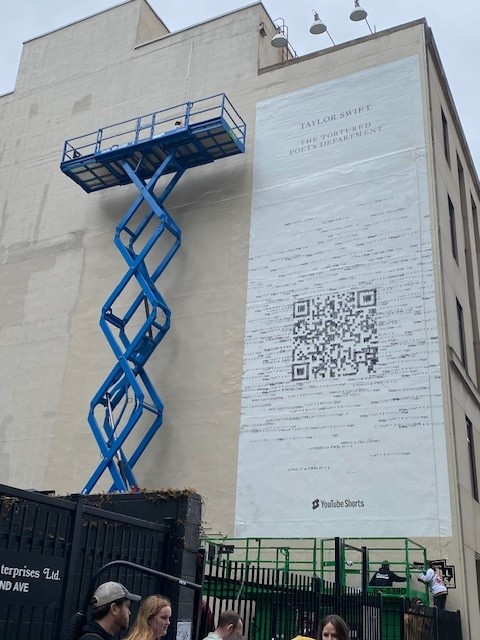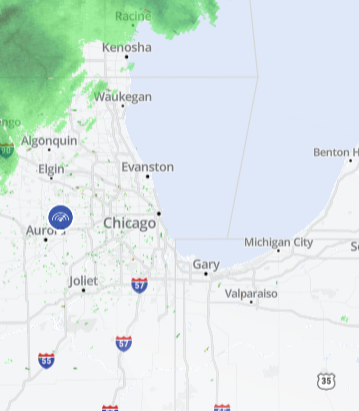Members of the Chicago City Council reached an agreement Monday on a new ward map that will expand representation for the city’s Latinx community and will avoid having to put the maps up for a referendum vote by the electorate.
City Council Rules Committee Chairwoman Michelle Harris announced the deal officially on Monday night, saying that the process resulted in an increase in representation for the city’s growing Latinx community, as well as the creation of the first Asian-American ward in the city’s history.
Here is a look at what the new map looks like:
Feeling out of the loop? We'll catch you up on the Chicago news you need to know. Sign up for the weekly Chicago Catch-Up newsletter here.
“Rooted in data, the Chicago United Map ensures fair representation for all of Chicago’s diverse communities, and today’s agreement avoids a costly and lengthy referendum process for city taxpayers,” a statement from Chicago United read, in part.
According to the group, the map will create 17 Black-majority and plurality wards. Another 14 wards will be a majority-Latinx, according to the group, and one ward will feature a majority Asian-American population.
The group says that the City Council will vote on the new map in the coming days.
Local
The agreement will allow city officials to avoid a referendum that would have gone before Chicago residents during the June 28 primary election. That deadline would have come later this month, but the new agreement represents a compromise between members of the Latino Caucus and the Black Caucus that had been sparring over the re-designed map for months.
According to Block Club Chicago, the Latino Caucus’ original map had featured 15 majority Latinx wards and 16 Black-majority wards. The Chicago United Map featured 14 Latinx-majority wards and 16 Black-majority wards.
The Latino Caucus had been pushing for better representation in the City Council ever since the 2010 Census, arguing that the map didn’t accurately reflect the city’s growing Latinx population.



